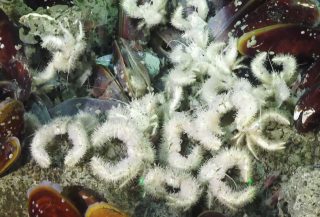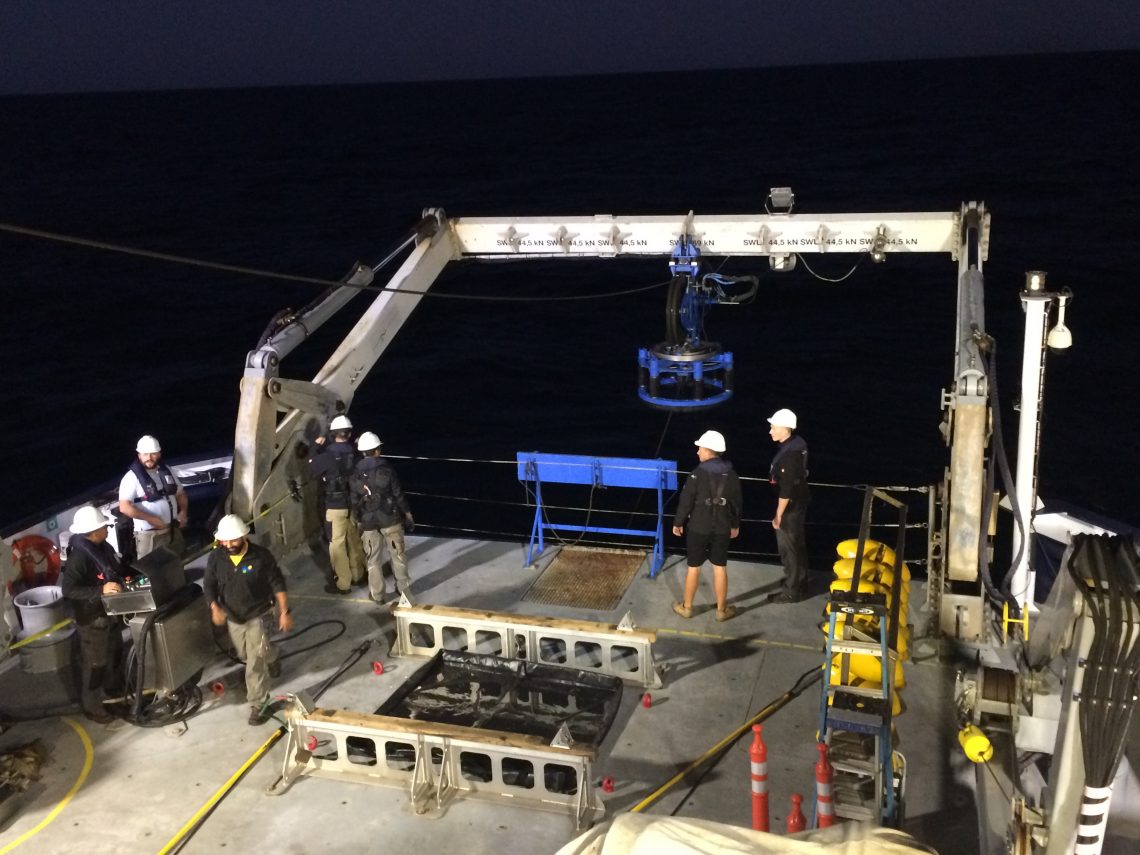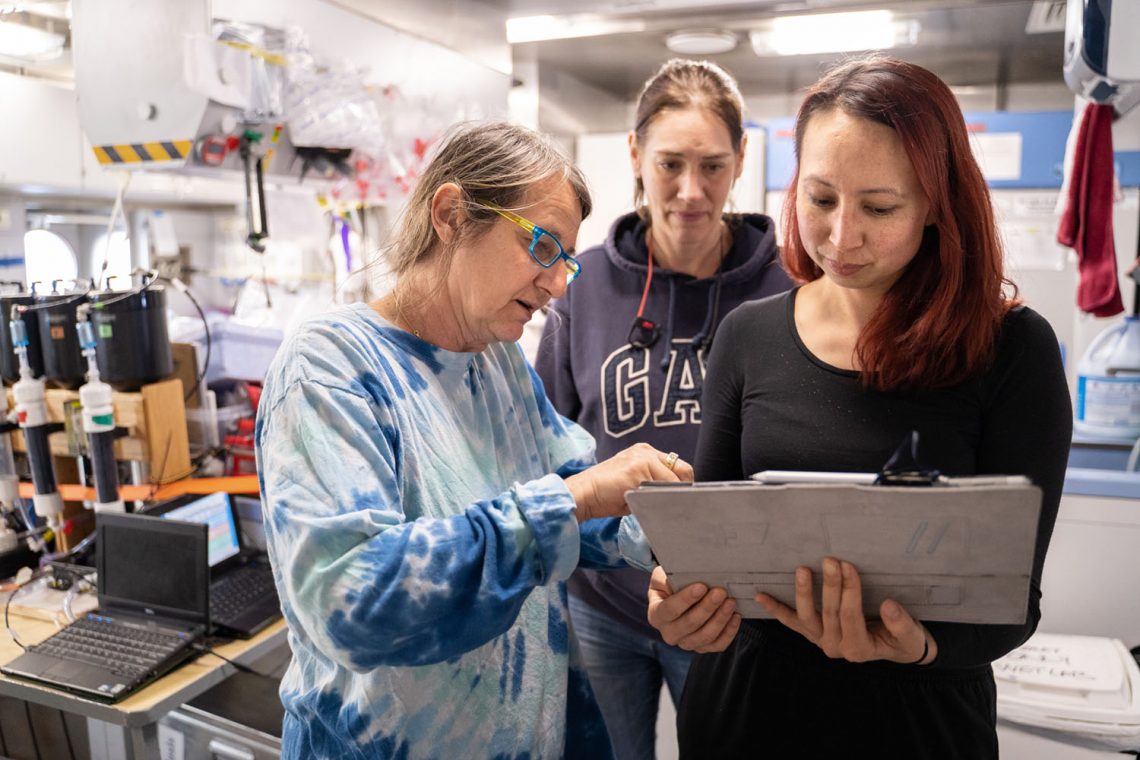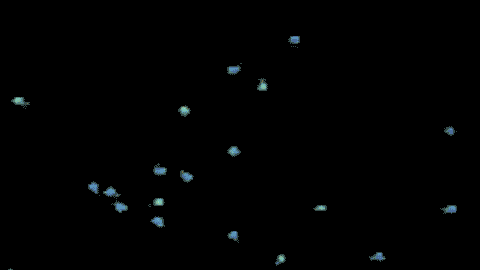I have, of course, been thinking about being a crab. I am a yeti crab, contentedly passing my days picking up bits of the seafloor and occasionally eating them. Maybe. Researchers still are not sure what I eat, or if I even eat at all – maybe the bacteria on my ‘fluffy’ arms do that for me. The surrounding water is just a couple of degrees above freezing point, but I do not feel it. I am a crab. My ‘fluff’ isn’t insulating me – crustaceans just do not feel the cold.

And the water certainly will not freeze. Not only is it rich in mineral salts, but also sulphides and hydrocarbons, due to my location – I am at the bottom of the Sea of Cortez, also known as the Gulf of California. In fact, this area is particularly rich in methane and oil-related compounds and there’s a ship full of interested researchers above, hoping to identify how microbes have come to thrive in these conditions. There’s a distance of two kilometres between me and the surface. Down here, it is permanently dark and cold.

But what does a crab know of such things? A kilometre is an inconceivable distance to a crustacean. We do not worry over things we have never encountered before. What would I know of the surface? Of light (which I have never seen before) suddenly flooding these black, cold realms? A sweeping, colossal spotlight descends from above. A gigantic machine descends, bristling with blazing lights, multiple staring glass eyes, its mega-sized robot arms reaching out to prod the deeps. It is an exciting day to be at the bottom of the sea.

Cut scene: back in my human skin, an artist on R/V Falkor with an overactive imagination. Actually, if you think how humans would react in a comparable situation, the assorted tubeworms, jellyfish, fish, and numerous other creatures of the deep sea appear remarkably blasé about a mechanical behemoth suddenly looming overhead. As SuBastian, the remotely operated vehicle of Falkor approaches, deep sea life continues at the sedate pace set by the slow ocean currents of the seabed, animals merely stirring a flipper, leg, or muscle to dodge away when a mechanical arm comes too close. Each morning SuBastian is lowered into the sea. From inside Falkor we can watch it steadily descend through black depths stained blue by its searchlights.

Flecks of white sediment trail past like stars passing a spaceship in hyperspace. When it reaches the floor, SuBastian is carefully steered by a pair of expert pilots working game-like consoles for a real underwater adventure. And after about 12 hours exploring the depths, SuBastian rises again, this time approaching the boat as a growing, glowing aquamarine presence in the dark. Onboard there is a buzz of excitement as researchers rush to unload the day’s assortment of samples and inspect them in the lab, patiently fielding questions as I peer over shoulders and try to remember bits of my extremely out-of-date biology degree. The smell of the deep sea is sulphurous pond-mud with a tang of oil.
We are now a few days into Falkor’s journey, after a lengthy unscheduled stay at port. Falkor rushed out to sea to get to the first dive sites and I had a taste of what it is like to be on a travelling ship. Previously I had not spent time longer on a boat than required by ferries or punts. Essentially, while a moored ship gently flings you from wall to wall as you try to walk down a corridor, walking on a moving ship feels more like someone twiddling a gravity dimmer switch back and forth. Your feet are heavy, then they are light. If you find yourself on a ship, try running on a treadmill, as I did in Falkor’s gym: it is interesting. Luckily, the Sea of Cortez is appreciably peaceful, so I do not have to blog about seasickness. Instead, I am busy learning about the amazing ecosystem under the sea and thinking of ways to help display it through digital media. Like the microbes lurking in the depths right now, there are an abundance of interesting ideas.


